Sonus Paradisi
Zlata Koruna, 1699 [Hauptwerk]
Zlata Koruna, 1699 [Hauptwerk]
Couldn't load pickup availability
Zlata Koruna Organ Model v.2
The Monastery church of Zlata Koruna shelters a well preserved Baroque organ from 1698-1699. It was built by Abraham Starck z Lokte (1659-1709), the founder and the most prominent organ builder of so called Loket school. This school was functioning from the 17th to the beginning of 19th century.
There was a number of restaurations; the original pipes were fortunately preserved, so the organbuilder Vladimir Slajch put them back to their original place during the latest restoration around the year 1984. The Baroque short octave is preserved up to the present times.
The pedal division offers one curiosity which is sometimes observed in the Czech Baroque organs. In the upper octave, the semitones play the lower octave as they are missing there because of the short octave mechanism.
Presented to you by Leonart Studio, your authorised reseller for Sonus Paradisi in Switzerland (shipped internationally). Get your digitally sampled historical organs for the use with the Hauptwerk virtual instrument software.
Share this Sample Set
![Zlata Koruna, 1699 [Hauptwerk]](http://artful.shop/cdn/shop/files/ss_zlata3b.jpg?v=1692888451&width=1445)
![Zlata Koruna, 1699 [Hauptwerk]](http://artful.shop/cdn/shop/files/ss_zlata1.jpg?v=1692888452&width=1445)
![Zlata Koruna, 1699 [Hauptwerk]](http://artful.shop/cdn/shop/files/ss_zlata2.jpg?v=1692888452&width=1445)
![Zlata Koruna, 1699 [Hauptwerk]](http://artful.shop/cdn/shop/files/ss_zlata11_fae36346-7831-4713-8574-e6dcd3bf9efa.jpg?v=1692889524&width=1445)
Specification (stop list)
-
Manual I
RückPositiv
Copula 8'
Principal 4'
Fletna 4'
Quinta 3'
Octava 2'
Sesquialtera 2x 1 1/3'
Mixtura 3x (1') -
Manual II
Hauptwerk
Principal 8' (Prospekt)
Bordun Fletna 8'
Salicional 4'
Octava 4'
Quinta 3'
Octava 2'
Quinta 1 1/3'
Mixtura 5x (1') -
Manual III
-
-
Manual IV
-
-
Pedal
Violon 16'
Subbas 16'
OctavBass 8'
QuintBass 5'
ChoralBass 4' -
Other specification
RP/HW Koppel
History
Zlata Koruna Organ Model v.2
The Monastery church of Zlata Koruna shelters a well preserved Baroque organ from 1698-1699. It was built by Abraham Starck z Lokte (1659-1709), the founder and the most prominent organ builder of so called Loket school. This school was functioning from the 17th to the beginning of 19th century.
There was a number of restaurations: 1898 J.Fischpera lowered the tuning by physically moving the pipes by a semitone. He also located the drawstops of the RückPositiv onto the stop jambs in the vicinity of the keyboards. Originally, these were placed directly on the RückPositiv itself - though behind the the organist. The original placement of the RückPositiv drawstops may still be observed on the picture.
Other, this time very unfortunate restoration, was done in 1941 by E. Hruby. He replaced some of the aliquote stops (both Quints in HW, Quint and Octave 2 in RP) by new "romantic" string stops of the fashion of that time. Besides that he changed the order of keyboards. Originally, the RückPositiv was played from the lower keyboard, the HW from the upper one. Now, the lower keyboard is the Hauptwerk and the RückPositiv is the upper one.
The original pipes were fortunately preserved, so the organbuilder Vladimir Slajch put them back to their original place during the latest restoration around the year 1984. The Baroque short octave is preserved up to the present times.
The pedal division offers one curiosity which is sometimes observed in the Czech Baroque organs. In the upper octave, the semitones play the lower octave as they are missing there because of the short octave mechanism.
Zlata Koruna v.2
Sonus Paradisi had the honor to record the organ back in 2003. It was one of our first sample sets. At that time, the technology allowed the recording of the quality good for Hauptwerk version 1 of those times. In 2009, we were allowed to do completely new recording, covering all the advanced Hauptwerk 3 features, the multiple releases being the most important feature for the wet version of the sample set, but also making new dry recording for the dry version of the sample set. Both these versions are now available under the name "Zlata Koruna v.2".
Features
The sample set is available in 24 bit depth and 48 kHz sample rate.
Available in a dry and a wet version.
No encryption used - plain wave format available.
The reverberation time up to 5 seconds.
Per stop voicing available (also in the Hauptwerk basic edition)
Requires 1280 x 1024 px screen resolution
Dual touch-screen supported (separate left and right stop jambs available).
The compass of the manual is four octaves C1-C5, pedal originally C1-a2. The short octaves are maintained in the original version of the ODF. The compass is extended digitally in Hauptwerk to F5, pedal to D3 in the extended version of the ODF, in the dry and also in the wet version.
Multiple loops, multiple releases (3 levels for most ranks) supported.
Special temperament chart provided for the original tuning of the organ.

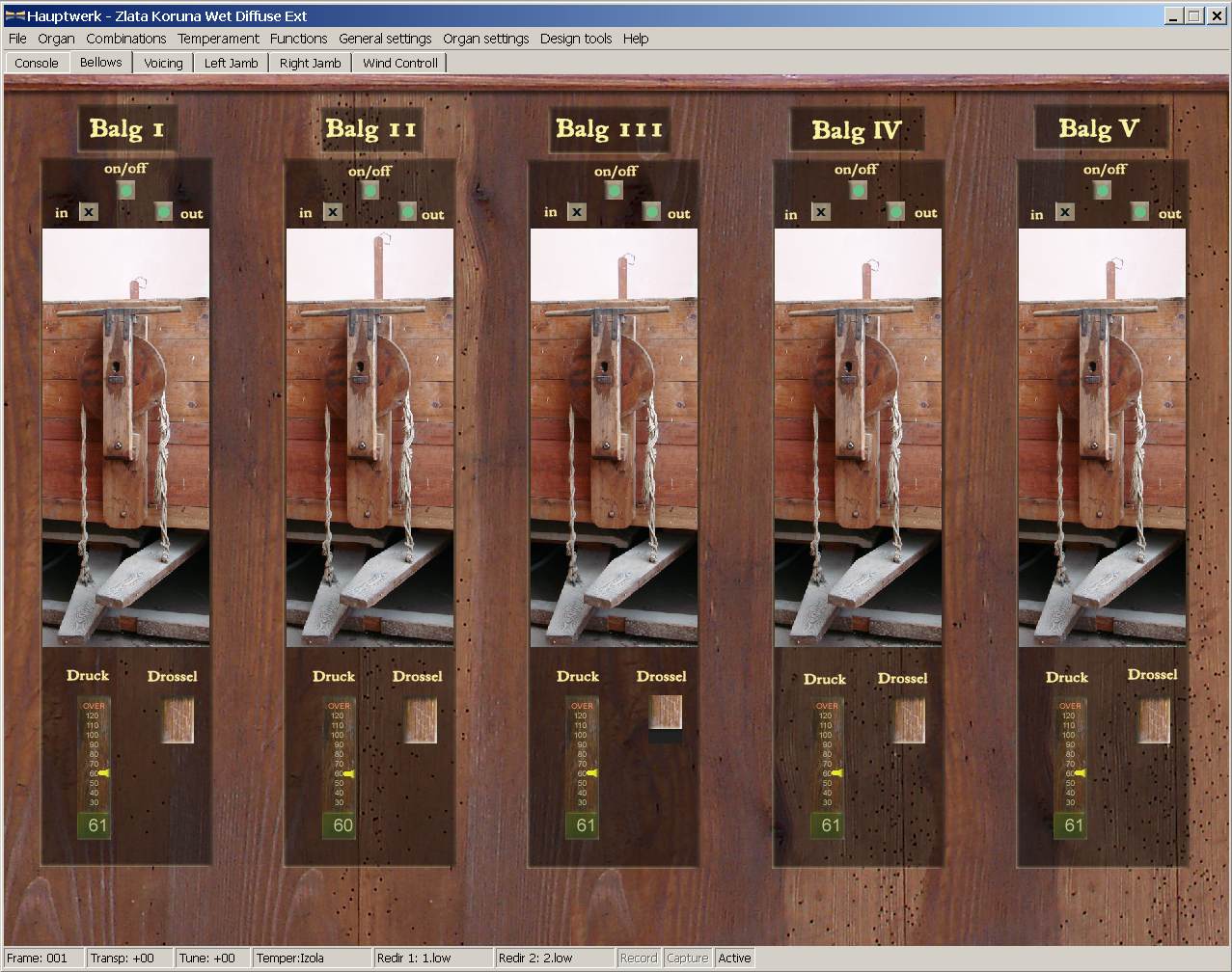

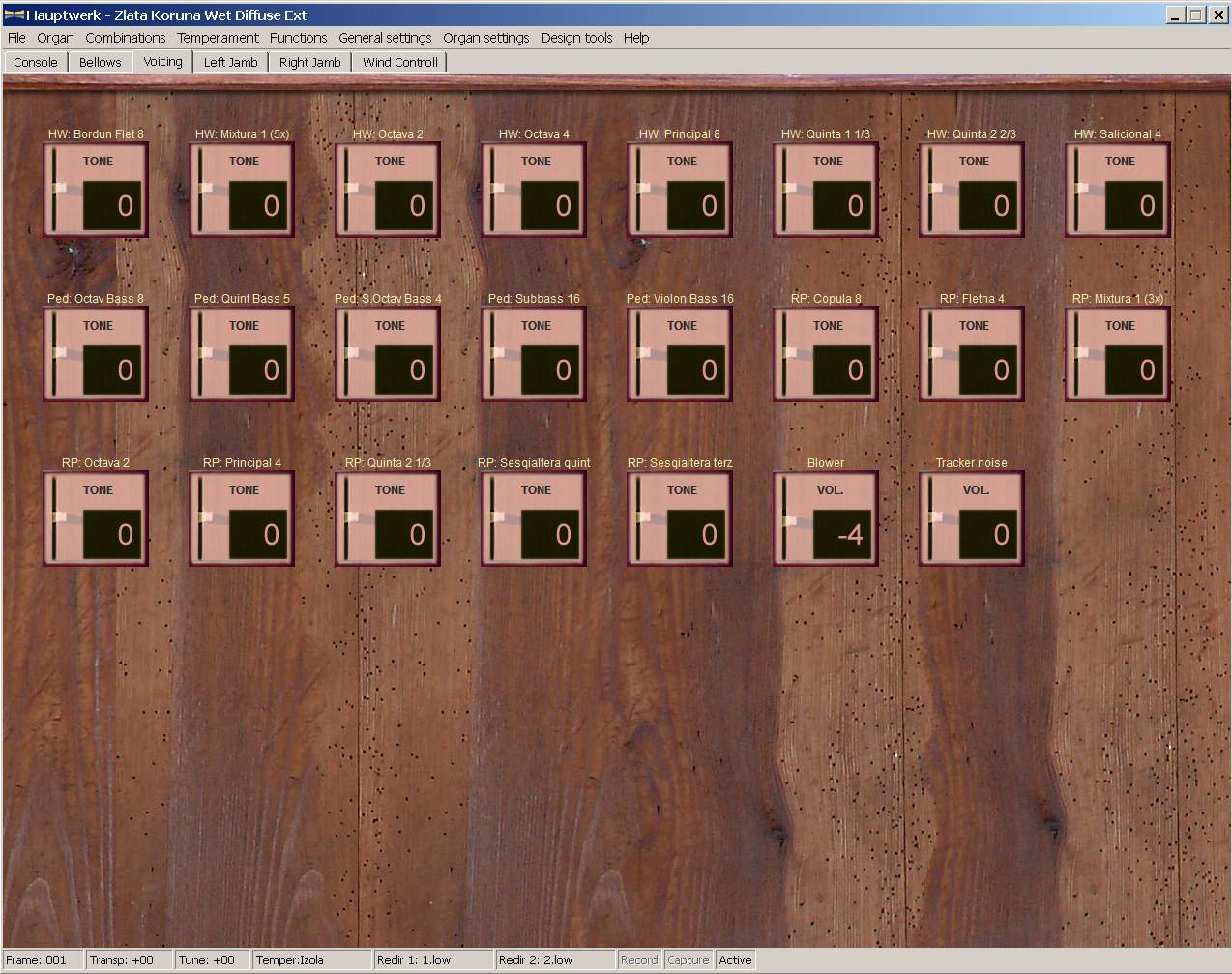
Requirements
Hauptwerk v.4.20 and higher supported.
The RAM consumption when fully loaded at 16 bit:
Wet version
original version, loaded in 20-bit depth: 3,4 GB
extended version, loaded in 24-bit depth: 4,3 GB
Dry version
extended version, loaded in 24-bit depth: 2,5 GB
This Hauptwerk Sample Set is presented to you by Leonart Studio, an authorised reseller for the manufacturer Sonus Paradisi in Switzerland (shipping internationally). Enjoy this digitally sampled organ library for the use with Hauptwerk software and start expanding your historical organ collection today.
More Hauptwerk Sample Sets
-
Casavant, 1995 [Hauptwerk]
Vendor:Sonus ParadisiRegular price CHF 174.90Regular priceUnit price / per -
Bückeburg, 1997 [Hauptwerk]
Vendor:Sonus ParadisiRegular price From CHF 1.10Regular priceUnit price / per -
Schwerin, Dom, Ladegast Organ 1871 [Hauptwerk]
Vendor:Sonus ParadisiRegular price CHF 616.00Regular priceUnit price / per -
Segovia, 1772 [Hauptwerk]
Vendor:Sonus ParadisiRegular price CHF 317.90Regular priceUnit price / per -
Reuter, 1928 [Hauptwerk]
Vendor:Sonus ParadisiRegular price CHF 473.00Regular priceUnit price / per -
Rotterdam Hoofdorgel, 1973 [Hauptwerk]
Vendor:Sonus ParadisiRegular price From CHF 330.00Regular priceUnit price / perCHF 958.10Sale price From CHF 330.00Sale -
Groningen, 1450-1740 [Hauptwerk]
Vendor:Sonus ParadisiRegular price From CHF 658.90Regular priceUnit price / perCHF 1,681.90Sale price From CHF 658.90Sale -
Frankfurt a.d. Oder, 1975 [Hauptwerk]
Vendor:Sonus ParadisiRegular price From CHF 220.00Regular priceUnit price / perCHF 550.00Sale price From CHF 220.00Sale -
Piacenza, 1838 [Hauptwerk]
Vendor:Sonus ParadisiRegular price CHF 330.00Regular priceUnit price / per -
Lüdingworth, 1683 [Hauptwerk]
Vendor:Sonus ParadisiRegular price CHF 330.00Regular priceUnit price / per


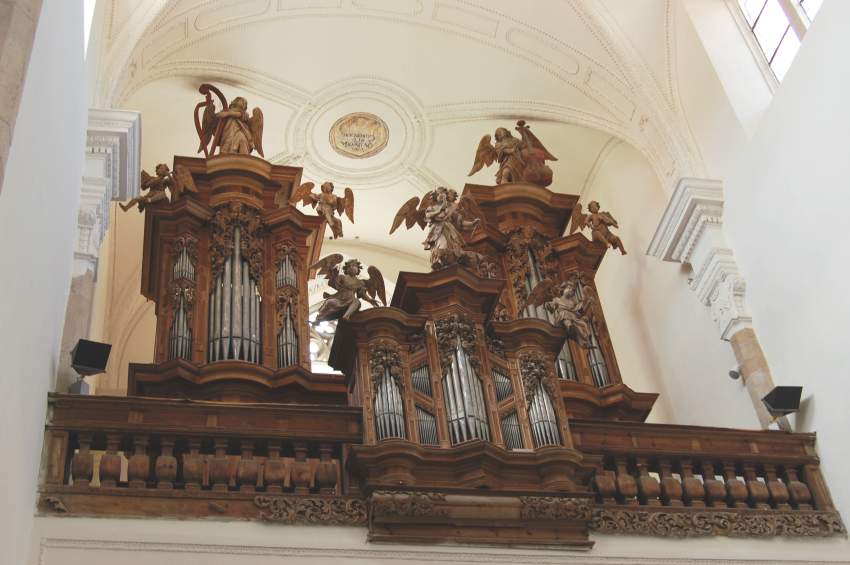
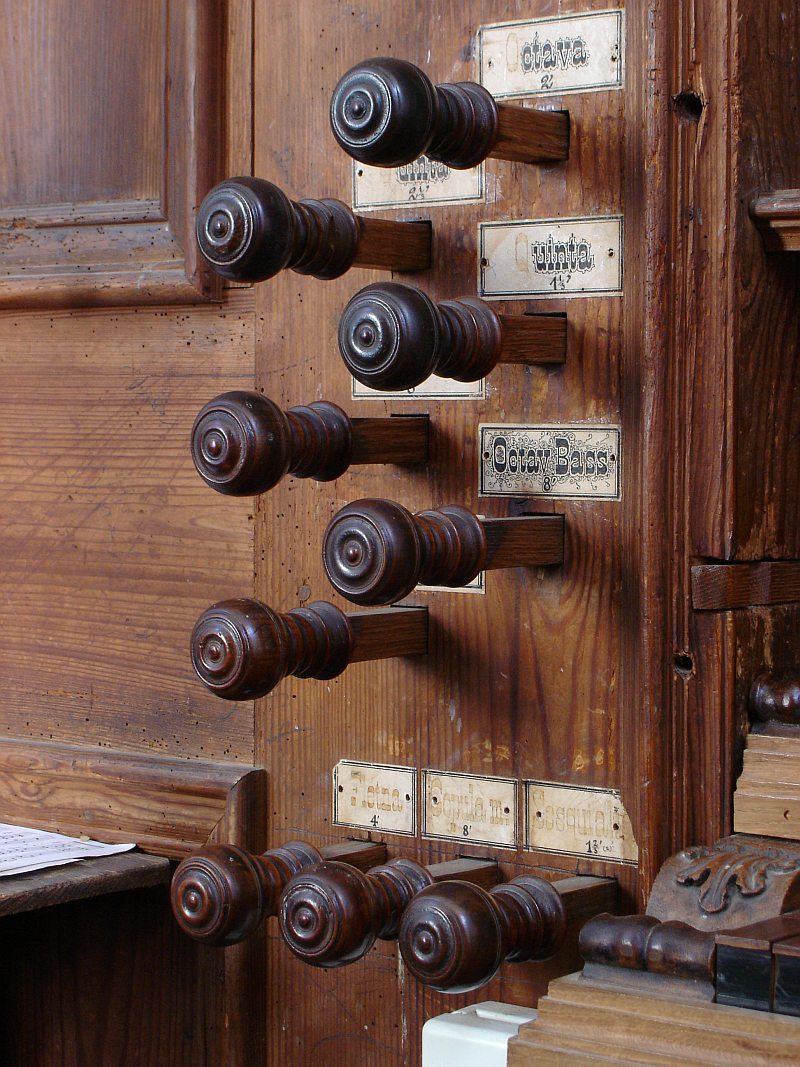
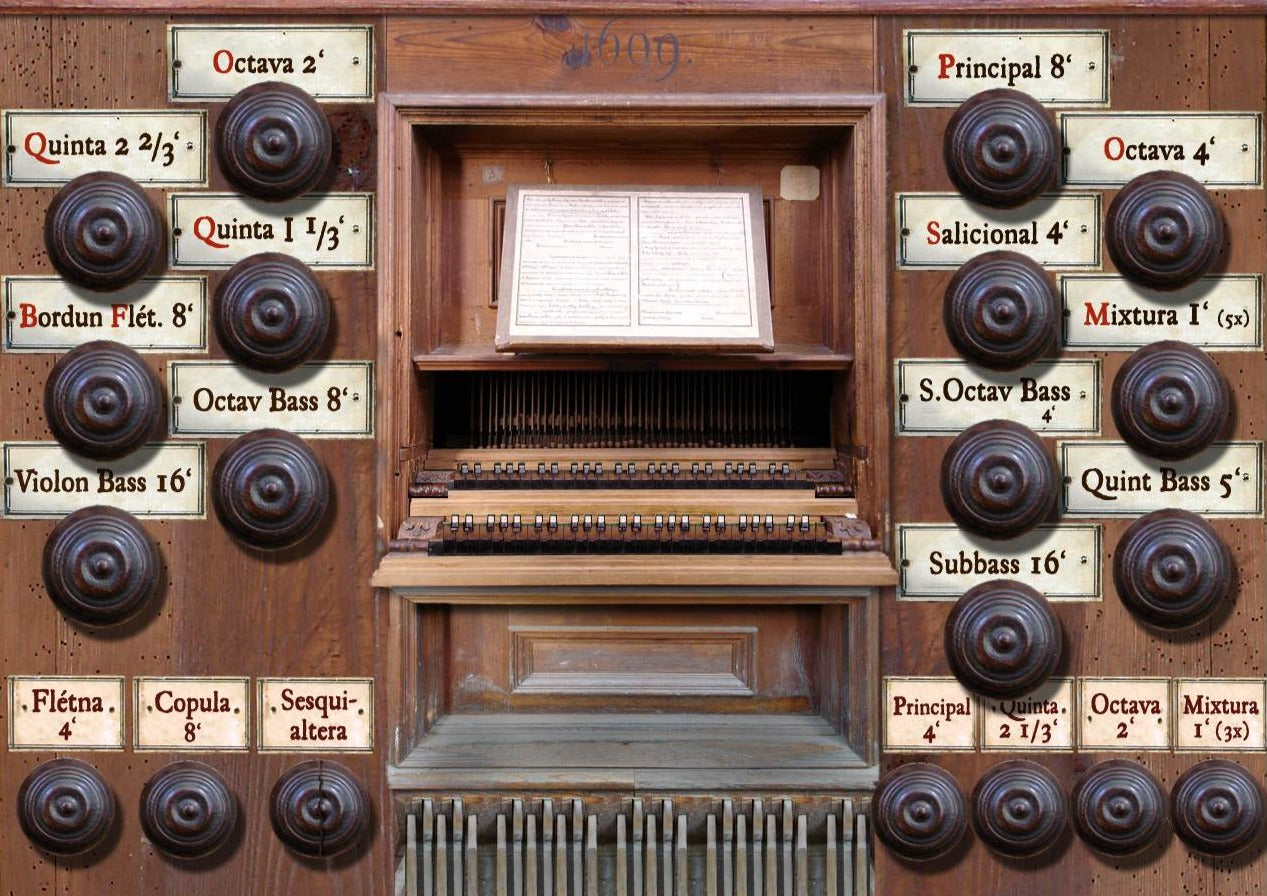
![Casavant, 1995 [Hauptwerk]](http://artful.shop/cdn/shop/files/ss_casavant1.jpg?v=1693319885&width=533)
![Bückeburg, 1997 [Hauptwerk]](http://artful.shop/cdn/shop/files/ss_bueckeburg1.jpg?v=1692967628&width=533)
![Schwerin, Dom, Ladegast Organ 1871 [Hauptwerk]](http://artful.shop/cdn/shop/files/ladegast1.jpg?v=1759140126&width=533)
![Segovia, 1772 [Hauptwerk]](http://artful.shop/cdn/shop/files/ss_segovia1.jpg?v=1714213906&width=533)
![Reuter, 1928 [Hauptwerk]](http://artful.shop/cdn/shop/files/ss_Reuter1.jpg?v=1693321024&width=533)
![Rotterdam Hoofdorgel, 1973 [Hauptwerk]](http://artful.shop/cdn/shop/files/ss_RotterdamMain1.jpg?v=1693279529&width=533)
![Groningen, 1450-1740 [Hauptwerk]](http://artful.shop/cdn/shop/files/ss_Groningen1.jpg?v=1693275425&width=533)
![Frankfurt a.d. Oder, 1975 [Hauptwerk]](http://artful.shop/cdn/shop/files/ss_frankfurtoder1.jpg?v=1692974219&width=533)
![Piacenza, 1838 [Hauptwerk]](http://artful.shop/cdn/shop/files/ss_piacenza1.jpg?v=1693003521&width=533)
![Lüdingworth, 1683 [Hauptwerk]](http://artful.shop/cdn/shop/files/ss_luedingworth1.jpg?v=1692998051&width=533)